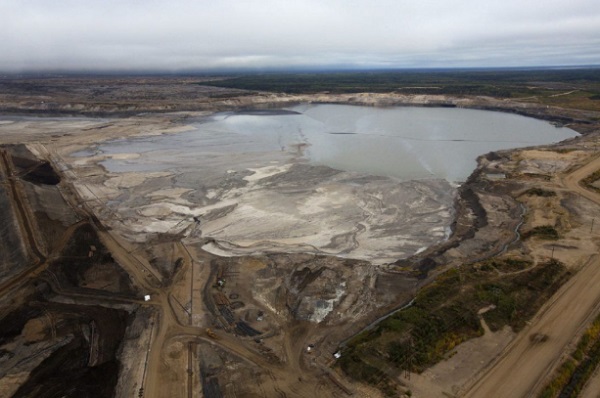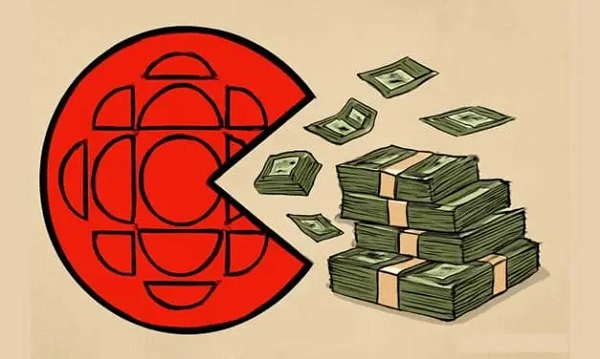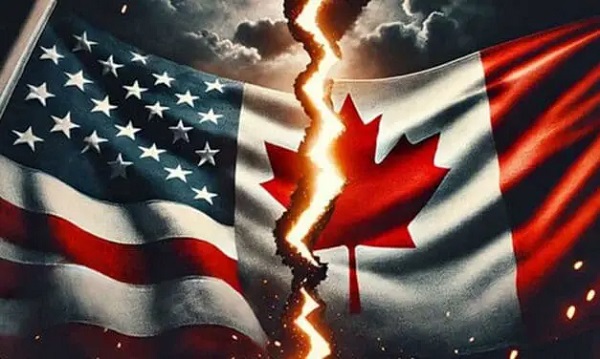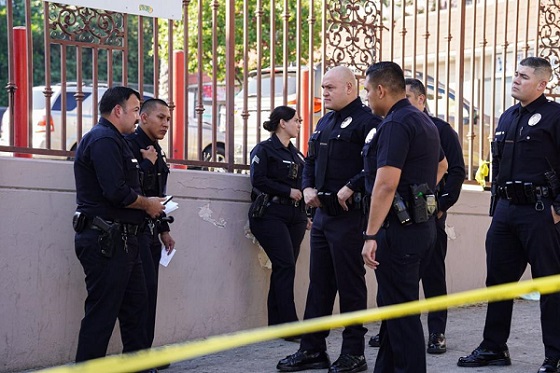Business
5 Myths About Purchasing a Vehicle

“I can get a better interest rate at my own bank”
Interest rates will depend on the way you’re borrowing the money, and for
how long. A dealership sells many auto loans each month, which pushes
lenders to be very competitive in order to earn business. We highly
recommend asking your dealership what the best rate they can offer is
before you make a purchasing decision.
“The end of the month is the best time to buy”
Dealerships always have a momentum push at month’s end in order to offer
the manufacturers current incentives before they expire. Most consumers
will shop during the month with these incentives in mind, and then make their
final decision near the end of the month. There are times some dealerships
have targets to achieve and depending on the store, and vehicle, you could
get a better deal.
“Paying Cash gets you a better deal”
This was true many years ago, but as noted in Item 1, Lenders try to entice
dealerships to use them. This often allows your dealership to offer you more
competitive pricing on a vehicle.
“A New vehicle will depreciate 50% the moment I drive away”
Manufacturers use new vehicle incentives with low interest rates for buyers.
Once a vehicle is traded in and sold as used, the consumer purchasing that
vehicle will pay interest rates anywhere from 4-7%, which can make the
payment the same and sometimes higher than it was for a new vehicle. This
is especially noticeable when a vehicle is traded in within the first year of
ownership as the trade value can be substantially less than the original
MSRP. This is because the dealership must price the used vehicle as compared
to a new one. We’ve found that the ideal amount of time to own a vehicle
before trade in is 3-4 years.
“A lower price or payment means I got a better deal”
We highly advise consumers to review all the documents they sign; some
dealerships use payments to sell the vehicles and graze over the final numbers.
You must consider the total cost of financing, ensure you have an open loan
that can be paid out at any time, and know if there will be a balance owing
at the end of the term.
armed forces
How Much Dollar Value Does Our Military Deliver?

To my great surprise I recently noticed that, despite being deeply engaged in wars against at least four determined enemies, Israel doesn’t spend all that much more on their military than Canada does on its forces. What might that tell us about government efficiency?
There’s fairly universal agreement that Canada doesn’t spend enough on its military. But before we can even ask how much we should be spending, we should understand how much we’re already spending. And figuring that out isn’t nearly as easy as I’d expected.
According to the 2025–26 Expenditures by Purpose data released by the Treasury Board Secretariat, the Department of National Defence (DND) was allocated $35.7 billion (CAN). However, the New York Times recently reported that Primer Minister Carney’s $9.3 billion increase would bring the total defence-related spending to $62.7 billion – which suggests that, prior to the increase, we were set to spend $53.4 billion (CAN).
So I’ll work with both of those figures: $35.7 billion ($26 billion USD) and the pre-announcement $53.4 billion ($39 billion USD). By contrast, Israel currently spends around $37 billion (USD) on the Israel Defense Forces (IDF) which is in the neighborhood of 18 percent of their total budget.¹ The IDF is (literally) getting a much bigger bang for their buck.²
I’m going to compare the military inventories of both countries to get a sense of what a dollar of government spending can get you. I understand that this isn’t an apples-to-apples comparison and there are many complicating factors here. But I think the exercise could lead us to some useful insights. First off, here’s a very rough estimate of existing inventories:
I’m sure there are plenty of caveats we could apply to those numbers, including how much of that equipment is actually fit for service on any given day. But they’ll have to do.
In addition, there are currently 68,000 regular troops in the Canadian Armed Forces (CAF) along with 22,500 reserves, while the IDF employs 169,500 regular troops and 465,000 reserves. They also cost money.
Based on some very rough estimates,³ I’d assess the value of IDF assets at around 2.6 times the value of comparable CAF assets. That means that the IDF – using their procurement systems – would need to spend just $14.4 billion (USD) to purchase the equivalent of the current set of CAF assets.
Now compare that with our actual (pre-increase) expenditures of either $26 billion USD or $39 billion USD and it seems that we’re overspending by either 80 percent or 270 percent.
I think we’d be wise to wonder why that is.
For full context, Israel receives around $3.8 billion (USD) in military aid annually from the U.S.
Speaking of which, for simplicity, I completely left the ongoing costs of ordinance out of my calculations.
If you’re really interested, you can see my calculations here.
Subscribe to The Audit.
For the full experience, upgrade your subscription.
Business
Rhetoric—not evidence—continues to dominate climate debate and policy

From the Fraser Institute
Myths, fallacies and ideological rhetoric continue to dominate the climate policy discussion, leading to costly and ineffective government policies,
according to a new study published today by the Fraser Institute, an independent, nonpartisan Canadian public policy think-tank.
“When considering climate policies, it’s important to understand what the science and analysis actually show instead of what the climate alarmists believe to be true,” said Kenneth P. Green, Fraser Institute senior fellow and author of Four Climate Fallacies.
The study dispels several myths about climate change and popular—but ineffective—emission reduction policies, specifically:
• Capitalism causes climate change: In fact, according to several environment/climate indices and the Fraser Institute’s annual Economic Freedom of the World Index, the more economically free a country is, the more effective it is at protecting its environment and combatting climate change.
• Even small-emitting countries can do their part to fight climate change: Even if Canada reduced its greenhouse gas emissions to zero, there would be
little to no measurable impact in global emissions, and it distracts people from the main drivers of emissions, which are China, India and the developing
world.
• Vehicle electrification will reduce climate risk and clean the air: Research has shown that while EVs can reduce GHG emissions when powered with
low-GHG energy, they often are not, and further, have offsetting environmental harms, reducing net environmental/climate benefits.
• Carbon capture and storage is a viable strategy to combat climate change: While effective at a small scale, the benefits of carbon capture and
storage to reduce global greenhouse gas emissions on a massive scale are limited and questionable.
“Citizens and their governments around the world need to be guided by scientific evidence when it comes to what climate policies make the most sense,” Green said.
“Unfortunately, the climate policy debate is too often dominated by myths, fallacies and false claims by activists and alarmists, with costly and ineffective results.”

Kenneth P. Green
Senior Fellow, Fraser Institute
-

 Alberta1 day ago
Alberta1 day agoCalls for a new pipeline to the coast are only getting louder
-

 Alberta2 days ago
Alberta2 days agoAlberta is investing up to $50 million into new technologies to help reduce oil sands mine water
-

 Alberta1 day ago
Alberta1 day agoAlberta pro-life group says health officials admit many babies are left to die after failed abortions
-

 espionage23 hours ago
espionage23 hours agoFrom Sidewinder to P.E.I.: Are Canada’s Political Elites Benefiting from Beijing’s Real Estate Reach?
-

 Business2 days ago
Business2 days agoThe CBC is a government-funded giant no one watches
-

 Business1 day ago
Business1 day agoCanada’s economic pain could be a blessing in disguise
-

 Business1 day ago
Business1 day agoRhetoric—not evidence—continues to dominate climate debate and policy
-

 conflict23 hours ago
conflict23 hours agoU.S. cities on high alert after U.S. bombs Iran





